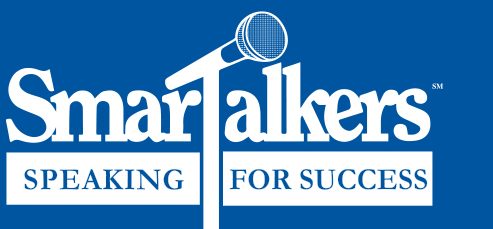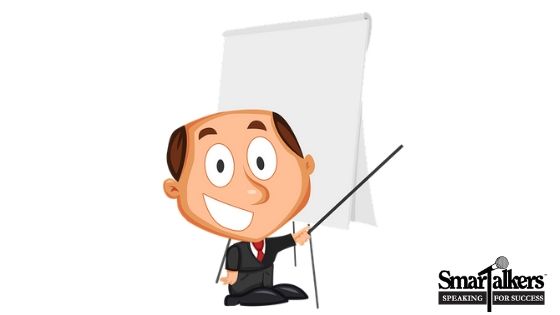
Before your presentation:
- Consider the background your audience will see. Make it professional looking and avoid distracting pictures and objects.
- Dress professionally.
- Eliminate as much as possible any chance of a distraction or noise to disrupt your presentation.
- Make sure your face and or your body if standing, is well lit. Have the lighting in front of you not behind you. Don’t sit or stand with your back to a window.
- Place something behind your computer that no one else can see that will remind you that you have an audience. A friend of mine shared that his 10-year-old daughter placed a stuffed animal behind her laptop as an “audience” to engage with.
- If you sit, sit on the front half of your chair and keep your feet flat on the floor. This will also help with your breathing and keeps you anchored in front of the screen.
During your presentation:
- Connect with your audience before diving into your presentation.
- Make sure your delivery uses both your gestures and voice to keep your audience engaged. Using gestures that match your message (keep them in the camera view) and vocal expression and inflections will keep you connected with your audience.
- Remember to tell stories, give examples, ask questions, pause and ask for comments every few minutes to keep interest high.
- Stand up if possible. This allows you to breathe more deeply than when sitting and will keep you from slouching in front of your computer.
Take care and be well.
Wendy
Public speaking and business communication skills are the skills SmarTalkers can provide to you through our coaching and training opportunities. Visit our website www.smartalkers.com or contact Wendy Warman: wendy@smartalkers.com for more information.









